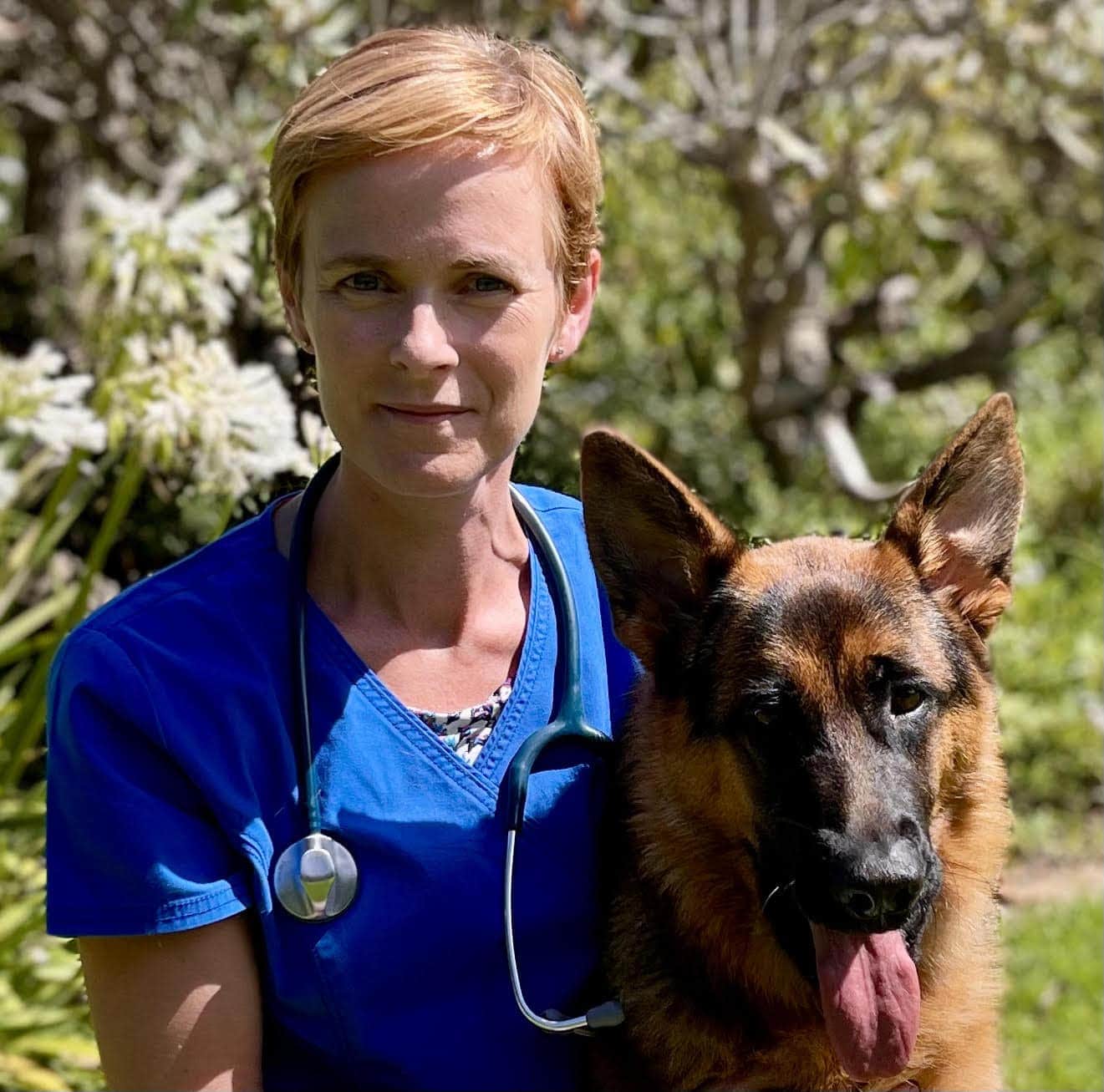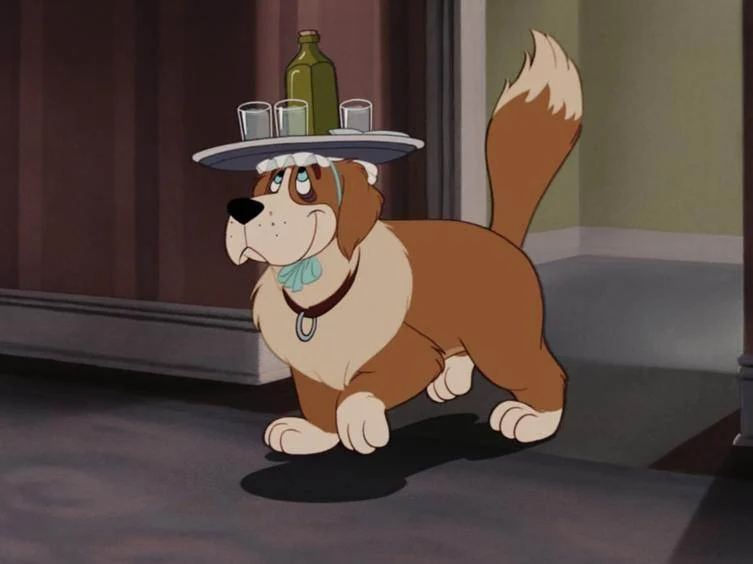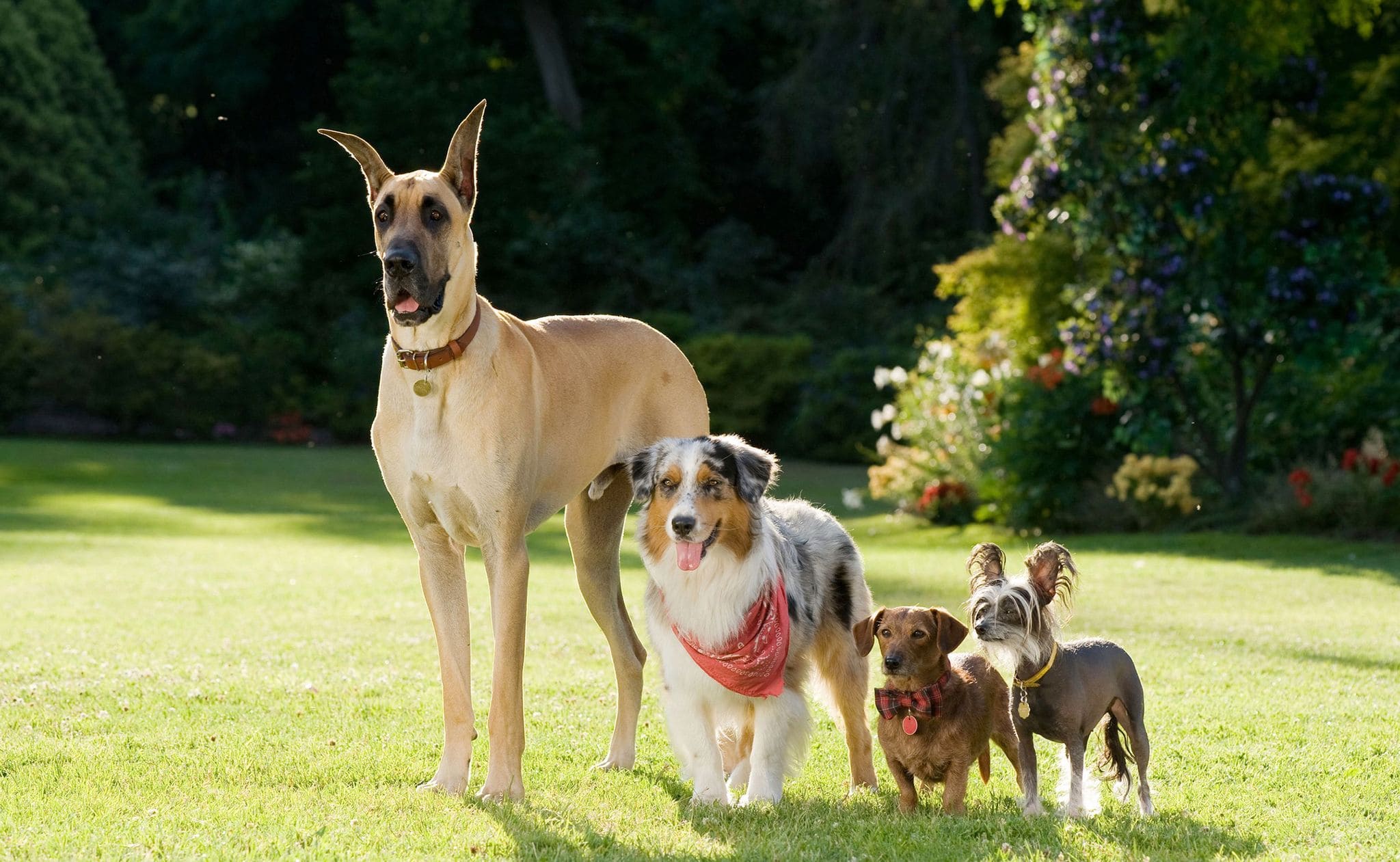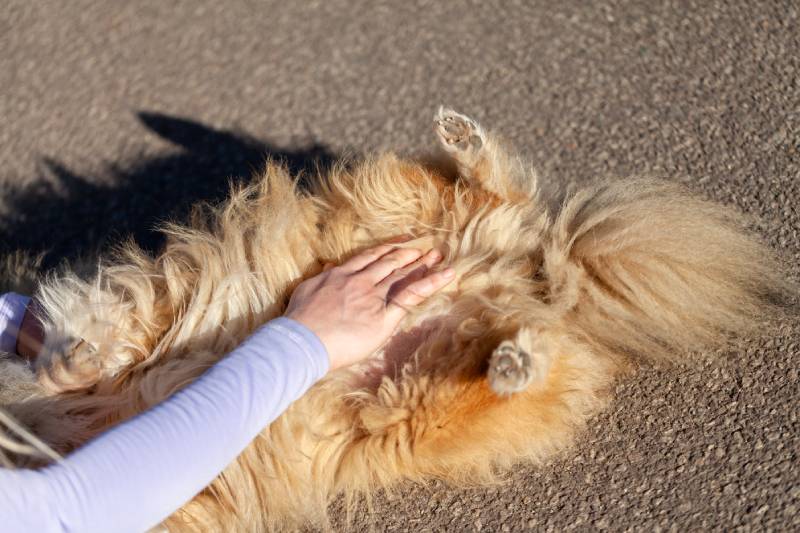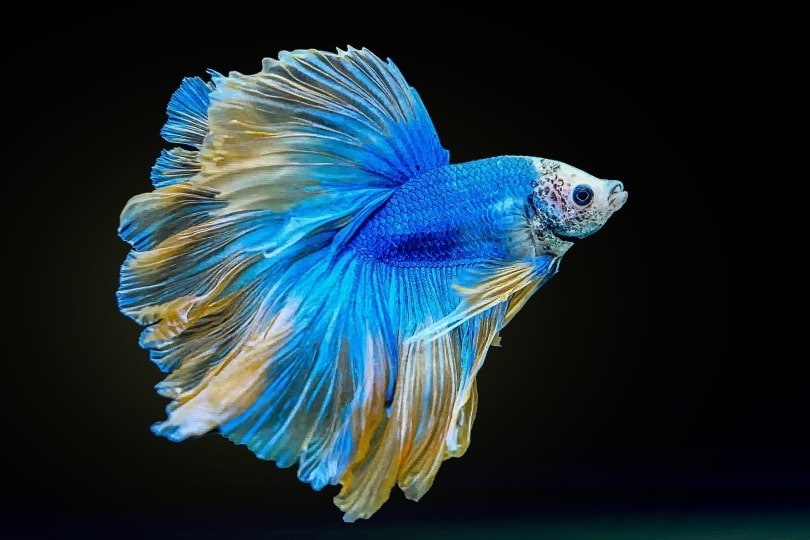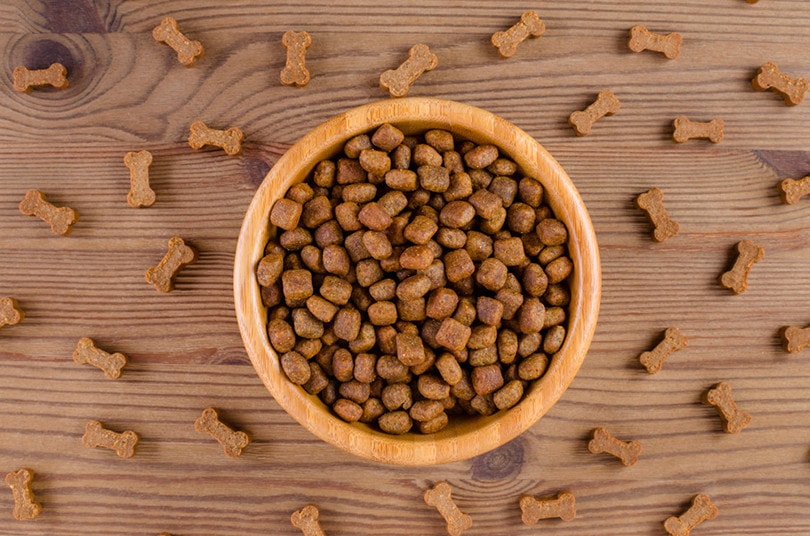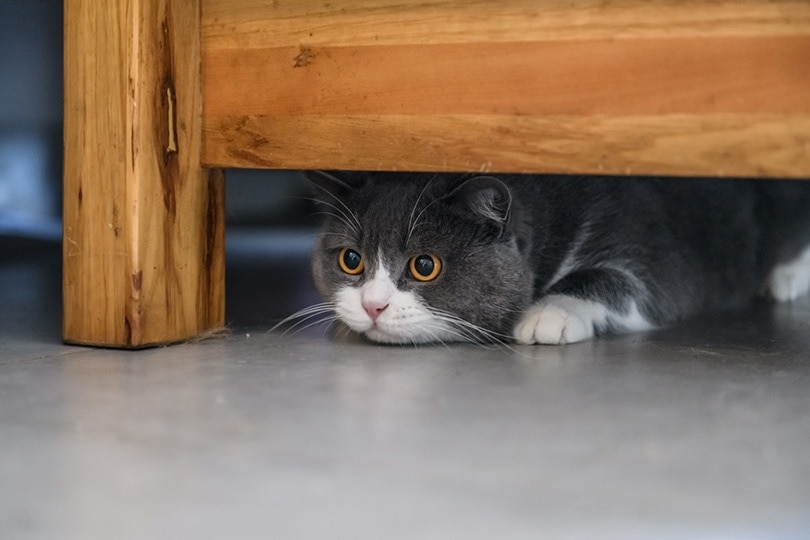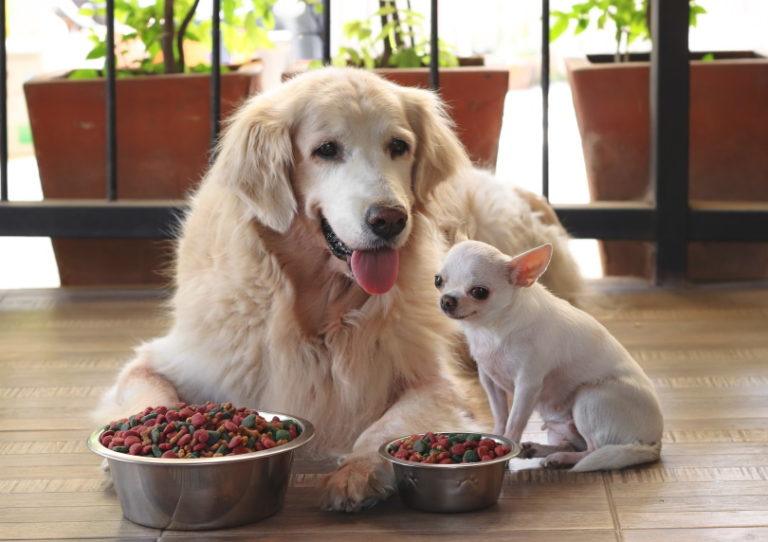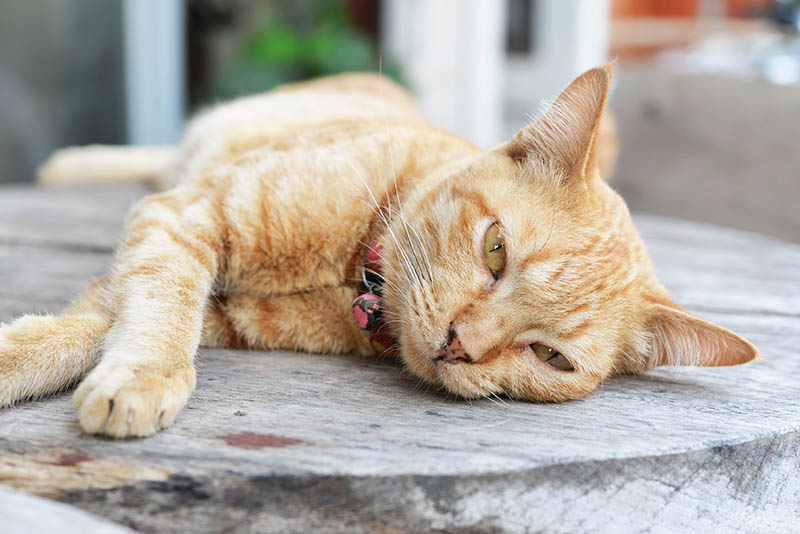How to Clean Your Dog’s Paws in 6 Easy Steps: Vet Approved Advice

Updated on
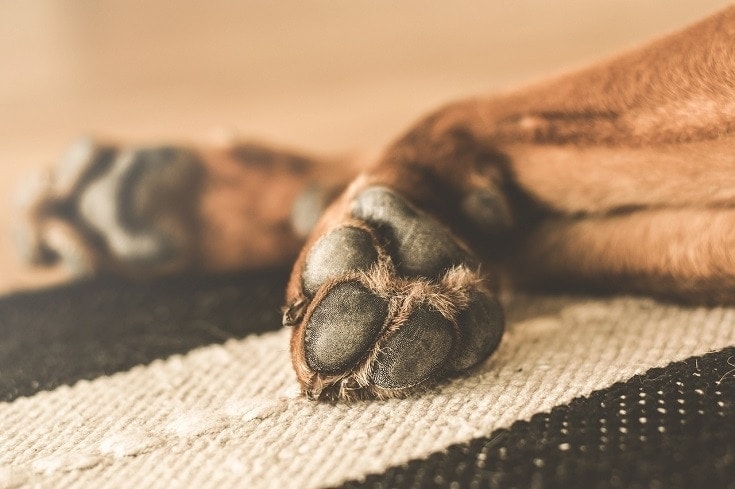
Clean doggie paws are essential to your dog’s health and one of the easiest things to maintain. We love our dogs, though dealing with the paw prints on a freshly steamed floor or shampooed rug can be annoying.
While we want to make walking our dogs a pleasant experience, sometimes we dread the idea because we know the aftermath from the dirt and puddles. Here are some steps for how to clean dog paws and prevent dirt and bacteria from coming into the house.
Things to Know
- It’s simple: It’s important to keep our pet’s paws clean, and it is easy. Unless you’ve been hiking in the woods on a rainy day, it should only take a few minutes.
- An important part of a healthy life is clean paws: Be sure to frequently check your dog’s paws.
- Clean your pet’s paws once a week: There is nothing set in stone on the frequency of cleaning your dog’s paws, but once a week should be sufficient.
- Dirty paws can lead to problems: Your dog can develop pododermatitis1 from irritants on their paws—not to mention the dirt and bacteria on your floors.
Providing your dog is well trained, you should be able to easily clean the paws in minutes. Here are six easy steps to clean your dog’s paws:
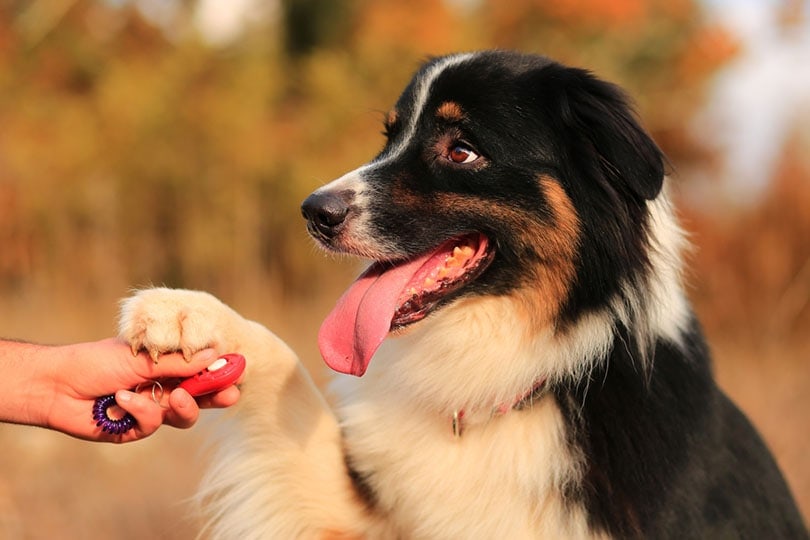
The 6 Tips on How to Clean Dog Paws
- Pet wipes
- Dog shampoo
- A dry towel
- Water
- Basin, bathtub, or sink
- Grooming scissors
- Treats (optional)
1. Fill a basin, sink, or bathtub with water
Fill a basin with warm water and position it in the area you want to clean your dog’s paws. You can also use the sink or bathtub, depending on your preference and the size of the dog.
2. Check your dog’s paw pads and toes
Inspect the dog’s paw in between the toes and hair. This is an area where objects can get stuck or ticks can hide. Washing the dog’s paws only eliminates dirt and bacteria. Because your dog’s pads and toes are susceptible to cuts and ticks, they should be checked regularly.

3. Wash the paws
Immerse your dog’s paws in the water. One at a time or all together, the choice is up to you. Your dog may be more comfortable if you do one paw at a time. Swish the water to remove any loose dirt and apply shampoo. Gently wash the paw until it is clean. Once the mud and dirt are removed, you may want to take another quick look for cuts, ticks, or foreign objects. You can also use a dog paw-washing device like this mudbuster.
There are a lot of pet shampoos on the market, but not all of them will keep your pet's skin and coat happy and healthy. The Hepper Pet Shampoo products are pH balanced and made with natural, safe ingredients like soothing oatmeal and aloe vera. Our shampoos will keep your pet clean, smelling fresh, and fully moisturized! The hardest part is deciding whether to get to traditional shampoo or the rinse-free version! Here’s a quick guide to help you choose the right option for your pet’s next bath!
Hepper Colloidal Oatmeal Pet Shampoo
Hepper Waterless No Rinse Pet Shampoo
Natural cucumber & aloe scent
Safe for cats & dogs
Rinsing required
Free of harsh chemicals & nasty ingredients
Lathers easily
4. Dry their paws with a towel
Wet paws can lead to infections and dermatitis so be sure to completely dry the fur and in between the toes of its paws.
5. Trim foot hair
Like their coat, the fur on a dog’s paw can become overgrown and can lead to moisture, bacteria, and dirt, getting trapped in the foot pads and toes. This can become a problem for your dog.
Carefully trim the fur around the bottom of the paw with grooming scissors if it appears to be more than a quarter of an inch past the toes. This may help prevent infections.
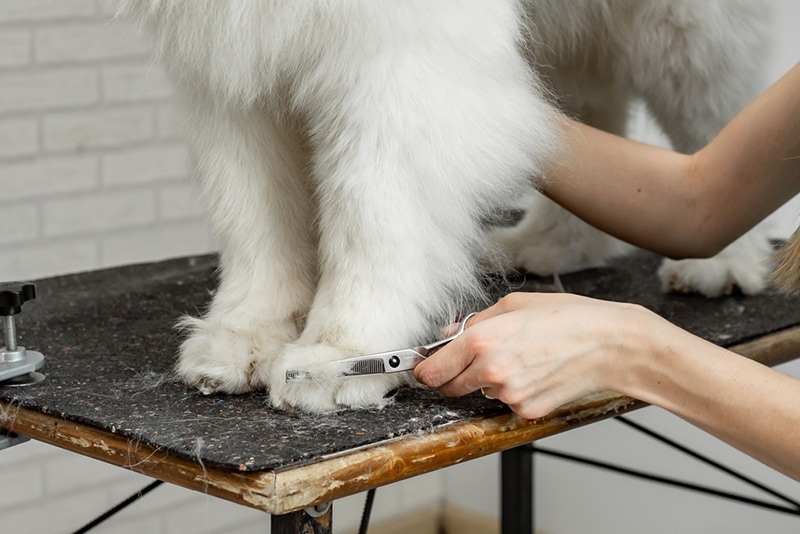
6. Praise your dog!
When you’re all done, give the dog praise a treat, or both.
If your dog is anxious or impatient, giving them a treat puzzle or something to distract them during the paw cleaning, may be helpful. We should always keep things positive, when possible.
Why Is It Important to Clean Your Dog’s Paws?
Aside from the wet and muddy paw prints on your floor and sofa, dirty paws can cause health problems for your dog.
The problems include:
- Cuts: Your dogs can get painful cuts and abrasions on their paws.
- Yeast Infections: This can cause a bad odor and the paws become red and irritated and causing discomfort for your pet.
- Pododermatitis: A very painful skin irritation resulting in inflammation, sores, and blisters.
- Irritation: Rock salt, ice, and snow can get stuck in between your dog’s toes, causing pain and irritation. Keep in mind, not all rock salt is pet-friendly and you don’t know what your neighbors are using on the sidewalks. It’s best to avoid areas where you see rock salt residue but there may be times when that may not be an option.
- Allergies: Your dog can experience reactions to allergens.
- Licking materials: When walking your dog, his paws may be in contact with chemicals and bacteria and parasites. We have no idea what may be lurking on the sidewalks and grass our dogs are walking on. Especially in the summer months, people are using insecticides, fertilizers, and chemicals for pools. The residue from these products can easily get on your pet’s paws and cause burns or irritation.
 Conclusion
Conclusion
It is definitely a good idea to clean and inspect your dog’s paws regularly. Keeping them clean and free of objects or harmful substances will keep them healthy and enjoying their walks in the future. As always, if you notice anything unusual, call your vet.
See also
- Can I Put Aloe Vera on My Dog’s Paws? Vet Approved Facts, Precautions & Tips
- How to Treat Blisters On my Dog’s Paws: Our Vet Explains
Featured Image Credit: LUM3N, Pixabay
